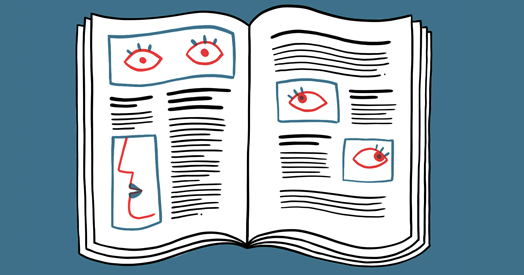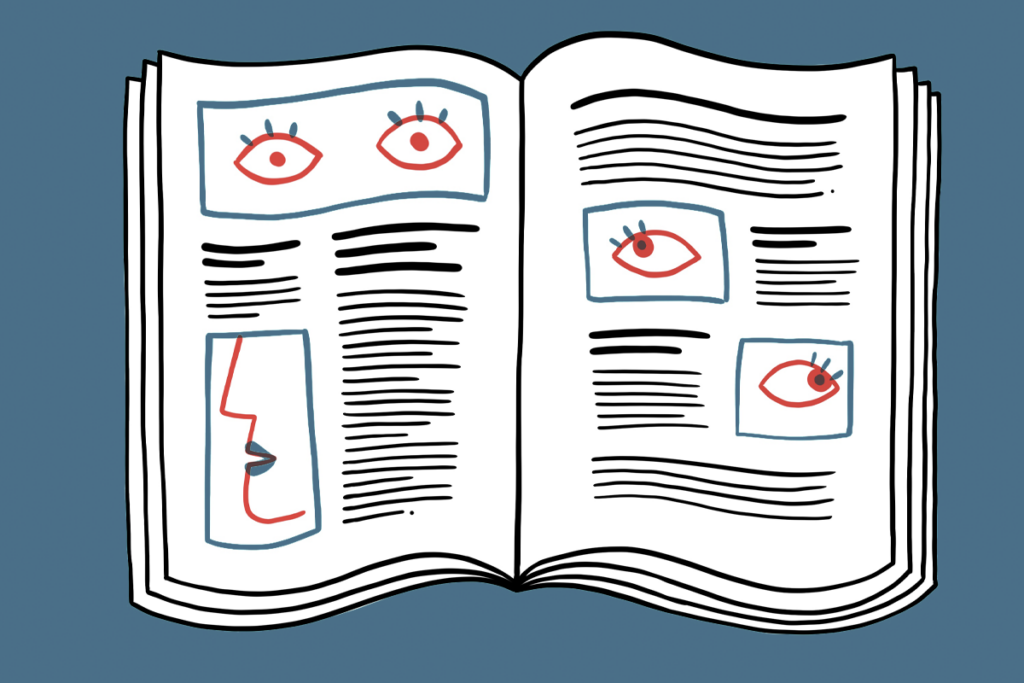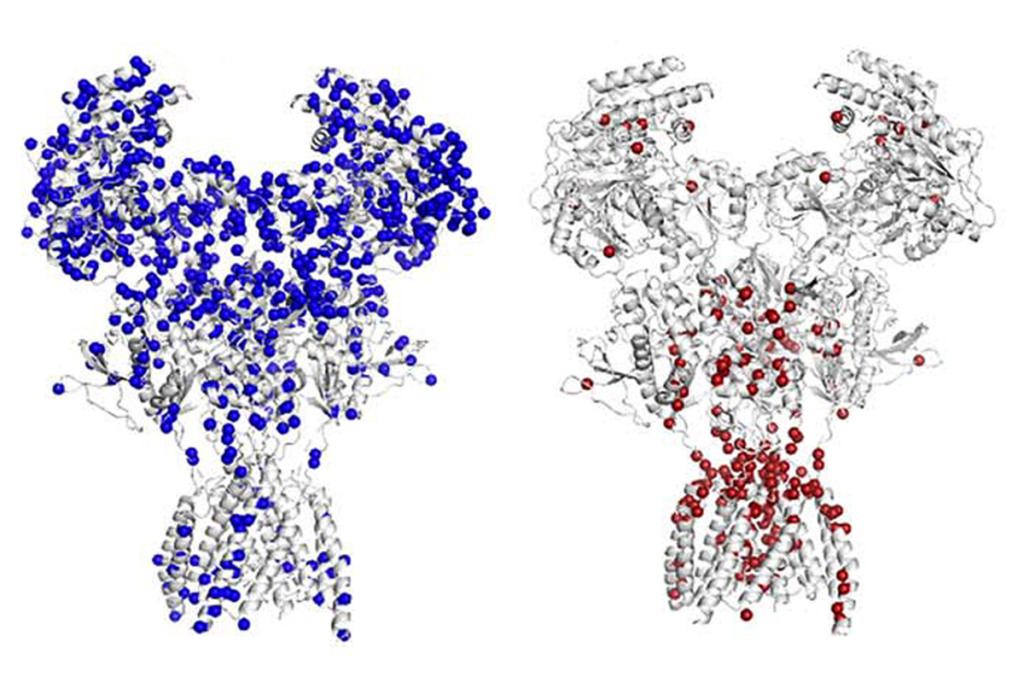
Genetic background steers PTEN syndrome traits
People with the syndrome, caused by variants in the gene PTEN, often have autism or cancer, or both, but it depends on the genetic diversity encoded in the components of distinct cell signaling pathways, according to a new study.
Low genetic diversity across a person’s genome predisposes those with PTEN variants to neurodevelopmental conditions, a new study suggests. The findings may explain why people carrying the same PTEN variant often experience different clinical outcomes.
Among people with neurodevelopmental conditions and PTEN variants, increased homozygosity—which occurs when a person carries the same variant in both copies of a gene—is especially pronounced among genes involved in neuroinflammation, synaptogenesis and axonal guidance, the study found.
Those pathways—which have previously been tied to autism—suggest that “what we’re observing is meaningful,” says Adriel Kim, laboratory genetics and genomics fellow at Nationwide Children’s Hospital, who carried out the work as a graduate student at Case Western Reserve University under the supervision of the late Charis Eng.
Changes to the gene PTEN, a tumor suppressor, can cause a condition called PTEN hamartoma syndrome, which is linked to several types of cancer. But not everybody with this syndrome will develop malignancies. Up to half are diagnosed with autism, often combined with immune dysregulation.
That diversity in outcomes is independent of the type of PTEN variant: Family members who share the same variant don’t always show the same phenotype.
Instead, the syndrome’s clinical variability may stem from variants in other genes besides PTEN, initial evidence suggests. Immune dysregulation among people with PTEN variants is linked to differences in human leukocyte antigen (HLA) genes, according to previous research by Eng’s lab. And greater diversity of HLA genes corresponds to better responses to cancer treatment, other groups have shown.
Yet genotypic heterozygosity could explain diverging phenotypes more broadly, the new findings suggest.
More specifically, people with PTEN syndrome who also have a neurodevelopmental condition show more homozygosity of common variants than those without a neurodevelopmental condition, according to the new study’s genotype analysis of 376 people. Those variants tend to be involved in neuroinflammatory pathways, further analyses showed.
In addition, people with PTEN variants who also had cancer were more likely than the rest of the participants to show homozygosity among ultra-rare variants of genes that modulate cell death.
Notably, 14 people with neurodevelopmental conditions also had cancer. But the age of that group overall—between 4 and 18 years old—in contrast with the participants without neurodevelopmental conditions, who were 16 to 60 years old, means that “we can’t rule out cancer development in later life,” says Jason Lerch, professor of neuroscience at the University of Oxford, who was not involved in the study.
T
he 57 people with autism in the study show more homozygosity among genes involved in differentiation and chromatin structure regulation than do the 60 participants who have other neurodevelopmental conditions, such as developmental delay.The findings are a reminder that the genetic context can skew a variant’s presentation, says Alicia Lane, a Ph.D. student in Victor Faundez’s lab at Emory University, who was not involved in the work.
“In basic biology we try to reduce variability: We have clonal cell lines where every cell, theoretically, has the same DNA. [But in people, a variant’s effects] might differ dramatically based on each patient’s genetic background,” Lane says.
Further analysis identified 12 modifier genes that may predispose people to any PTEN-linked neurodevelopmental condition and 11 modifiers specifically tied to autism. Three of the autism modifier genes—CX3CR1, BST1 and DLG1—are known to have strong ties to autism.
The findings lend support to autism’s “multiple hits hypothesis,” which posits that variations in other parts of the genome drive autism in people with known variants, says Tychele Turner, assistant professor of genetics at Washington University, who did not take part in the study.
Using the data gathered from the participants’ genotyping, Kim and her colleagues created a computer model that used the homozygosity present in a person’s genome to predict whether that person had autism or cancer with 76 percent accuracy, the study found.
The results were published 20 May in NPJ Genomic Medicine.
Analyzing the diversity of common variants could plug a crucial gap in genetic research, Turner says. “We’re really good at finding single variants with large effects and combinations of variants each with very small effects. But everything in the middle is super hard. This [approach] is, what I would say, the next step.”
The same methodology could be used to investigate differences in genetic background between autism subgroups, says Bryan Luikart, professor of neurobiology at the University of Alabama at Birmingham, who was not involved in the work. Identifying homozygous variants among autistic people with and without social problems, say, could get to the heart of “what autism is, which to me is the biggest question.”
Recommended reading

New organoid atlas unveils four neurodevelopmental signatures

Glutamate receptors, mRNA transcripts and SYNGAP1; and more

Among brain changes studied in autism, spotlight shifts to subcortex
Explore more from The Transmitter

Anti-seizure medications in pregnancy; TBR1 gene; microglia

Emotional dysregulation; NMDA receptor variation; frank autism
